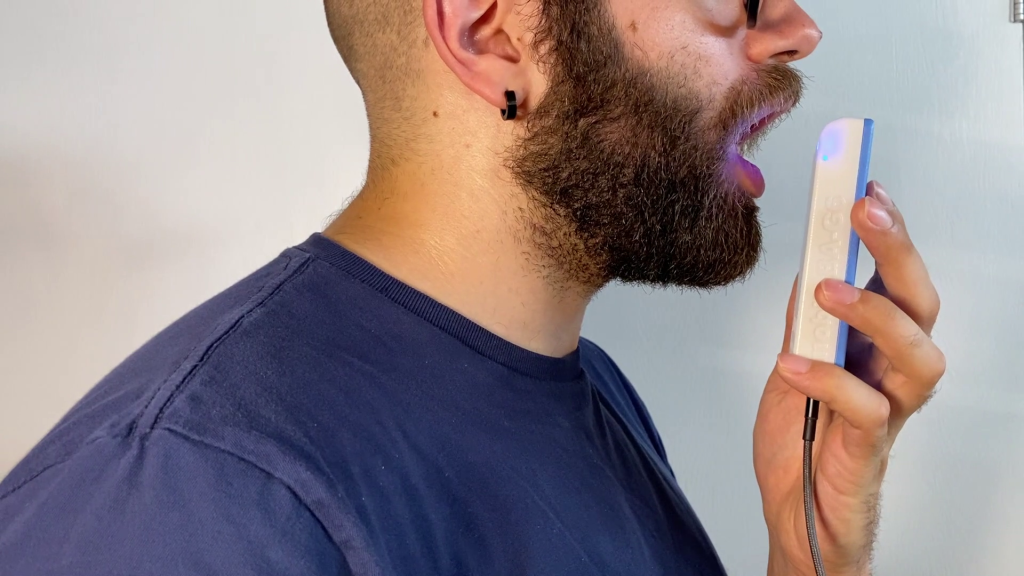
Traditional screening methods for colorectal cancer (CRC), such as colonoscopy and faecal immunochemical tests (FIT) have been effective but come with limitations, including invasiveness, cost, and low adherence rates. This has led researchers to explore novel, non-invasive approaches for CRC screening—one of which involves the analysis of volatile organic compounds (VOCs).
VOCs are organic chemicals that easily evaporate at room temperature, resulting in measurable gas-phase emissions. They are produced through various physiological and pathological processes within the human body, and their composition can reflect underlying health conditions. VOCs can be detected in biological samples such as breath, urine, blood, and stool, making them an attractive candidate for non-invasive diagnostic tools.
CRC alters the metabolism of both cancerous and surrounding cells, leading to the production of specific VOC profiles. These metabolic changes result in the release of unique VOCs that can act as biomarkers for CRC. Studies have identified several VOCs associated with CRC, including Aldehydes, Ketones, Short-chain fatty acids, and Alcohols.
Advances in analytical techniques have made it possible to identify and quantify VOCs with high sensitivity and specificity. Commonly used methods include Gas Chromatography-Mass Spectrometry (GC-MS), Ion Mobility Spectrometry (IMS) and Electronic Noses. A unique example of such an electronic nose is the ONCO-VOC device which is under development in the ONCOSCREEN project which can mimic the human olfactory system to detect patterns of VOCs. In particular, this device harbours 48 gold nanoparticle-based sensors. These sensors are made with 8 different functional groups and are all responding to the breath sample simultaneously. The sensor-reactive pattern is later analysed by pattern recognition algorithms to generate a classification rule.

In general, VOC-based CRC screening tools offer significant advantages. They are non-invasive, with sampling through breath or stool eliminating the discomfort and risks associated with invasive procedures like colonoscopy. Moreover, they are cost-effective, making VOC analysis more accessible for widespread screening programs. Thus, due to their ease of use and high public penetrance potential, the VOC profiles can help diagnosing CRC at early stages, leading to improving treatment outcomes.
Recent advancements in machine learning and artificial intelligence (AI) hold promises for improving the analysis of VOC patterns further as they can more closely resemble the actual manner in which the mammalian olfactory bulb actually works. Combining the advancement in sensor technology with the improved computational should lead to elevated diagnostic accuracy and robust predictive models.
In light of the above, the ONCOSCREEN tool ONCO-VOC represents a promising frontier in CRC screening, offering a non-invasive, cost-effective, and patient-friendly alternative to traditional methods. As research advances, VOC-based diagnostics have the potential to revolutionize cancer screening further, making early detection more accessible and improving outcomes for patients worldwide.
The integration of VOC analysis into clinical practice requires multidisciplinary collaboration, including researchers, clinicians, and policymakers, which is part of the work the ONCOSCREEN project is doing. By addressing the current challenges and building on existing knowledge, we can pave the way for a future where CRC screening is not only more efficient but also more equitable.
